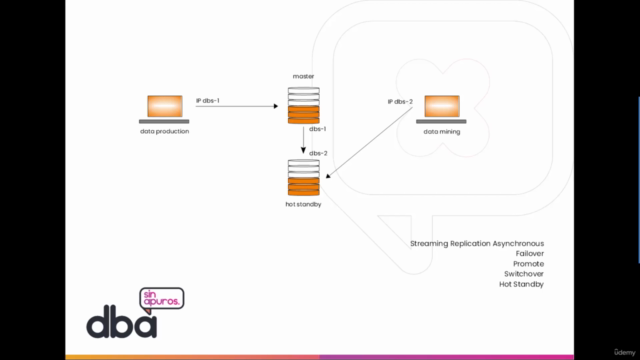How to configure a High Availability System in PostgreSQL
Install, configure and monitor a replica system for 24x7 availability, step by step with out of the box scripts
4.28 (59 reviews)

394
students
1.5 hours
content
Jan 2023
last update
$49.99
regular price
What you will learn
High availability
Replication System
Streaming Replication Asynchronous
Hot standby to allow read-only connections
Failover so that when the primary database goes down, a replica is activated immediately and the service is not interrupted
Switchover to reverse the roles between the Primary and Standby
Promote a standby, that is, make it a master
Clone a standby to connect it to the master
Virtual IP to connect to the main database
Virtual IP to connect to the standby database
Screenshots




3751336
udemy ID
1/5/2021
course created date
2/15/2022
course indexed date
Bot
course submited by